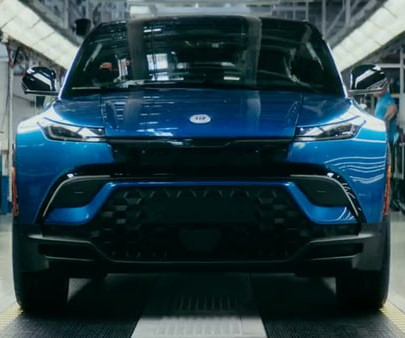Audi and Krajete developing direct air capture technologies for CO2
Green Car Congress
OCTOBER 24, 2022
AUDI AG and the Austria-based green tech company Krajete GmbH are jointly developing new technologies for filtering emissions from ambient air. They make far-reaching energy and cost reductions possible. This increases efficiency and reduces costs. —Alexander Krajete, CEO of Krajete.












Let's personalize your content